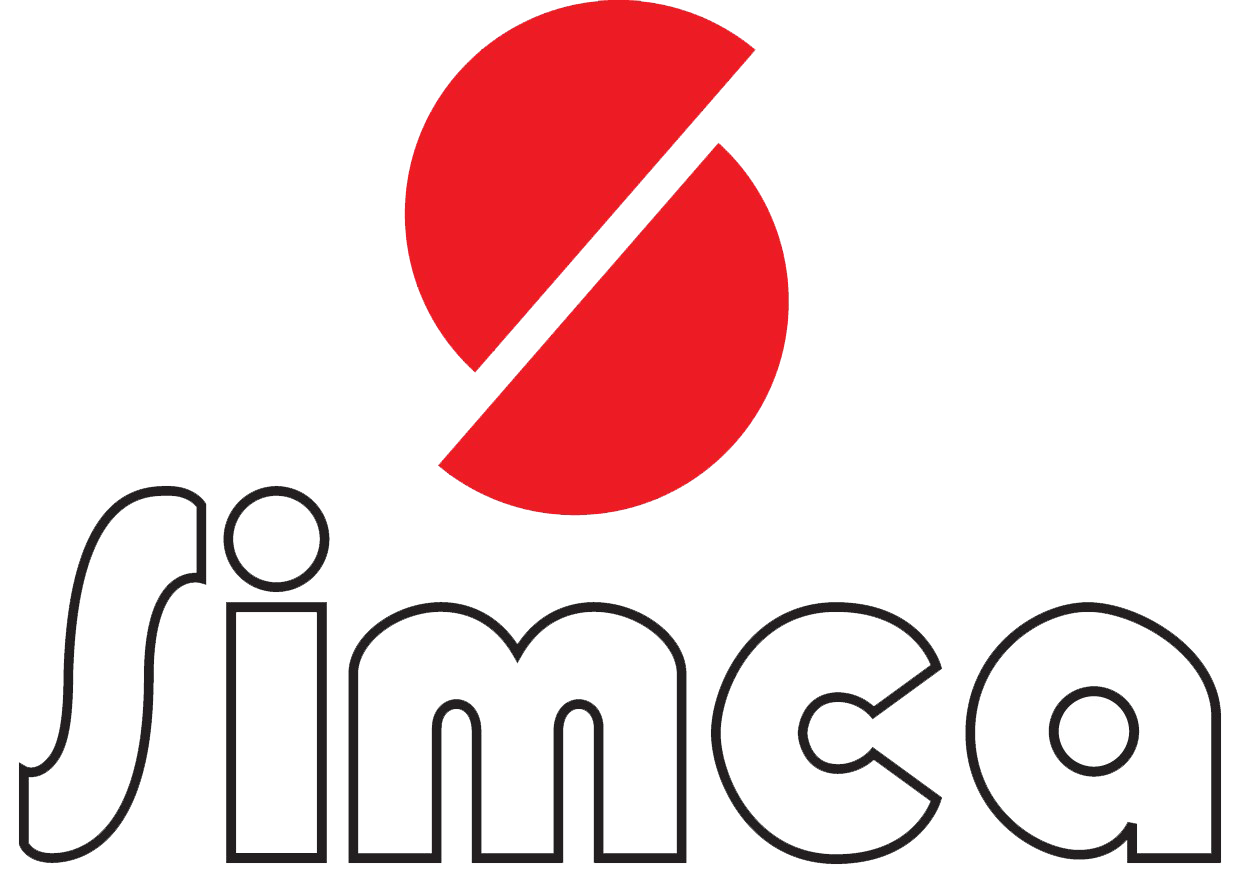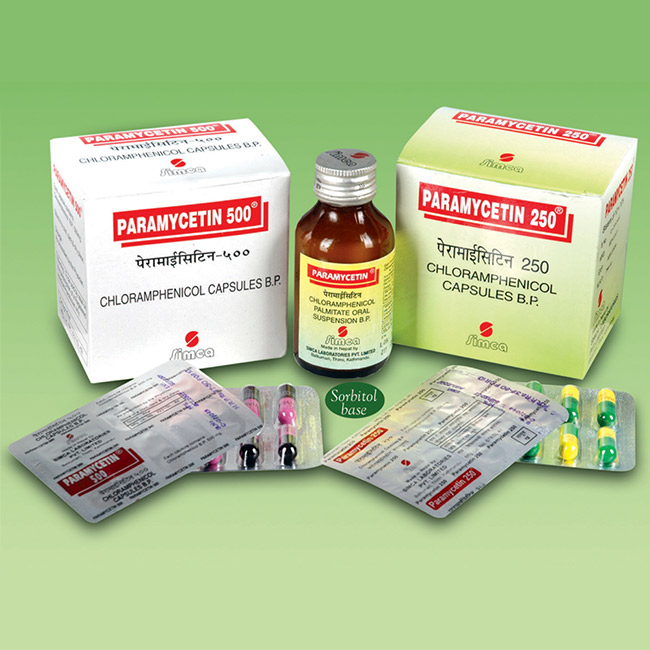Paramycetin
Generic composition: Chloramphenicol
General Introduction
Chloramphenicol is a broad spectrum antibiotic isolated from the cultures of Streptomyces venequelae in 1947 but now manufactured synthetically. It is bacteriostatic in nature.
Therapeutic category
- Anti-bacterial
Dosage forms available
- PARAMYCETIN 250mg capsules
- PARAMYCETIN 500mg capsules
- PARAMYCETIN Suspension 125mg/5ml
Mechanism of action
Chloramphenicol is lipid-soluble, allowing it to diffuse through the bacterial cell membrane. It then reversibly binds to the L16 protein of the 50S subunit of bacterial ribosomes, where transfer of amino acids to growing peptide chains is prevented (perhaps by suppression of peptidyl transferase activity), thus inhibiting peptide bond formation and subsequent inhibition of bacterial protein synthesis.
Pharmacokinetics
Rapidly and completely absorbed from gastrointestinal tract following oral administration (bioavailability 80%), undergoes hepatic metabolism with 90% conjugated to inactive glucoronide, Half-life in adults with normal hepatic and renal function is 1.5 – 3.5 hours.
Uses
- Highly active against Salmonella typhi so very useful in typhoid fever.
Dose
- Adult dose: 250mg-500mg 6 hourly/day
- Child dose: 25-20mg/kg/day
Drug interactions
Prolongs half life of Warfarin, Phenytoin
Side effects
Hematological toxicity, nausea, vomiting, diarrhea, hypersensitivity reactions.
Precautions
Blood related disorders.
Contraindications
Hypersensitivity with Chloramphenicol or its excipients.


